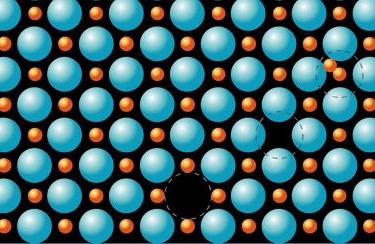Structure determines so much about a material: its properties, its potential applications, and its performance within those applications. This course from MIT’s Department of Materials Science and Engineering explores the structure of a wide variety of materials with current-day engineering applications.
The course begins with an introduction to amorphous materials. We explore glasses and polymers, learn about the factors that influence their structure, and learn how materials scientists measure and describe the structure of these materials.
Then we begin a discussion of the crystalline state, exploring what it means for a material to be crystalline, how we describe directions in a crystal, and how we can determine the structure of crystal through x-ray diffraction. We explore the underlying crystalline structures that underpin so many of the materials that surround us. Finally, we look at how tensors can be used to represent the properties of three-dimensional materials, and we consider how symmetry places constraints on the properties of materials.
We move on to an exploration of quasi-, plastic, and liquid crystals. Then, we learn about the point defects that are present in all crystals, and we will learn how the presence of these defects lead to diffusion in materials. Next, we will explore dislocations in materials. We will introduce the descriptors that we use to describe dislocations, we will learn about dislocation motion, and will consider how dislocations dramatically affect the strength of materials. Finally, we will explore how defects can be used to strengthen materials, and we will learn about the properties of higher-order defects such as stacking faults and grain boundaries.


